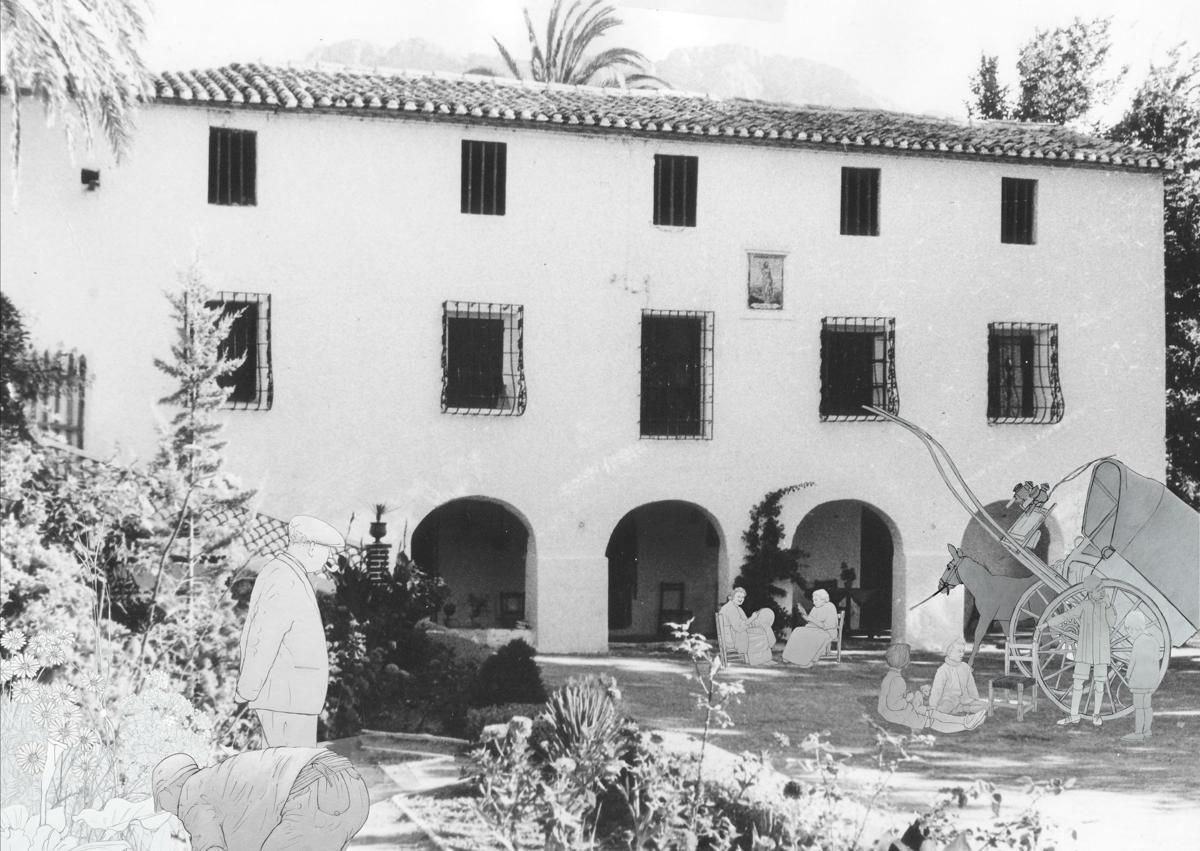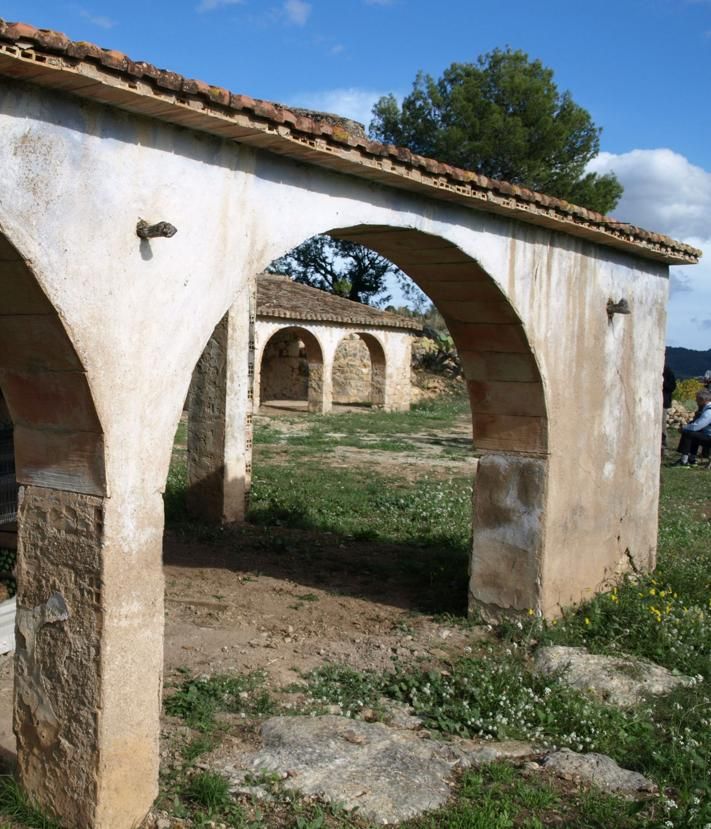Miguel del Rey presents Tomorrow Wednesday, his new book «Valencian porticated architectures. SERVICES, PORCHES AND RIURAUS »at the Spring Fair of the College … of architects of Valencia, at 7.30 pm in the entity’s library (limited places). The winner of the Contest for the Reform of the City Council Plaza is passionate about rural architecture and with this work tries to value a type of architecture at risk of disappearance.
The book analyzes the porches and rural porticos, one of the bodies where the architecture of the Valencian field is supported, necessary to house certain uses and even capable of sheltering a way of living in territories of our geography, the “Viure al Riurau”.
Constructions with strong tradition and used for different purposes since late -time in the rural world, such as sanctuaries, hermitages, market spaces and transactions, meeting spaces or communal facilities, pens or storage spaces. A type of architecture that in recent centuries built the dryers, particularly from the pass grapes, that with the name of Riuraus they have marked the rural and social landscape of one of our regions.
The author points to the provinces that two aspects have always been interested in working on the rural architecture. «We are in a moment of landscape transformation and these architectures have become obsolete and are disappearing. I find it interesting to put them in value and have a repertoire for their knowledge in case they disappear, ”he says.
It also points out that there is a “pragmatic condition as an architect and that is that in the continuous crises of modernity, the best architects have returned to the rural, its types, which re -enter it in a propositive way.” It is fine to have that repertoire «In case the architects want to look back. The best have always done it ».
Del Rey made the thesis on the Valencian rural house in modern times, from the seventeenth century. “I have continued working by incorporating new construction bodies to define the agrarian farm, they are canonical bodies that always have the same form, such as porchada, riurau, tanks or dryers.”
The oldest documented example of rural porticos dates back to the Islamic era, although in the fourteenth century the Valencian agrarian farm is already documented. «He has had brilliant moments. At the time of the distribution, the architecture that families bring (with Jaume I) is gradually adapts to Islamizing taste in the kingdom of Valencia and hybrids arise, alquerías such as the Moor or the Fonda farmhouse, ”he says.
In the fifteenth century, splendor occurs, although also in the eighteenth, when the academy influences the teachers of works. «The porticos are supporting agricultural activity such as warehouse, dryer or place of transformation. It affects our way of living in regions such as the Navy with the culture of the pass, the Riurau porticado next to the house. They used it two months with that end and then colonized as a living space of the house ».
In other places in Europe, modern architecture has been based on rural with excellent examples, especially in Scandinavia. “In Spain, authors such as Alejandro de la Sota are very fixed on traditional architecture to create quality examples,” he says.
Porticated houses, both rural and urban have been very present in the Mediterranean, although in Valencia it is very important. Also in Greece and in many Italian cities; The Paladio himself uses the portico a lot in his work. That is why I believe in the relationship in architecture between the rural and the urban, between the vernacular and the academic, which are not stagnant but they have a relationship, ”concludes the author of the book.











